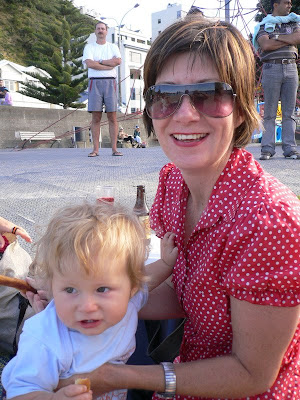
Thanks to James for some follow up research from our visit to Ranville
Pilot Officer Peter March PriceRoyal New Zealand Air ForceSon of Capt Fred Price and Mrs Hazel Price of Auckland Price trained to be a pilot with 84 Group Support Unit in Gloucester, England.
He was posted to 609 (RAF) Squadron at Thorny Island (near Portsmouth), England on 3rd June 1944 along with three other Kiwis, W/O Harkness, F/Sgts Stellin and Billam, flying Typhoon fighters in the ground attack role. On 10th June 1944 PO Price flies his first combat mission. He joined 11 other aircraft of his squadron in attacking German troop concentrations and ground targets in Normandy, France. On 14th June Po Price flew at least 8 ground attack missions and landed at temporary airfields in Normandy to refuel and re-arm before returning to Thorny Island, England. On the 18th, 25th and 26th July PO Price joined 6 other aircraft of his squadron to attack German gun emplacements at Rocquancourt and a rail yard at Yvelot-Charleval. On the 27th July 1944 PO Price was flying with 3 other aircraft of Red Section to attack a German motorised column near Tilly-la-Campange, 15km south of Caen, France. Heavy flak was encountered and PO Price was last seen breaking right and down through cloud. PO Price’s Typhoon hit the ground 8km away outside the village of Poussy-la-Campagne.
PO Price was killed in action and is now buried in the Ranville Commonwealth War Graves Cemetery. Peter Price was 20 years old. Of the 4 Kiwis to join 609 Squadron on the 3rd June 1944, two were killed in action, one wounded and one survived.































 The Australian Fashion Week Catwalk:
The Australian Fashion Week Catwalk:




















